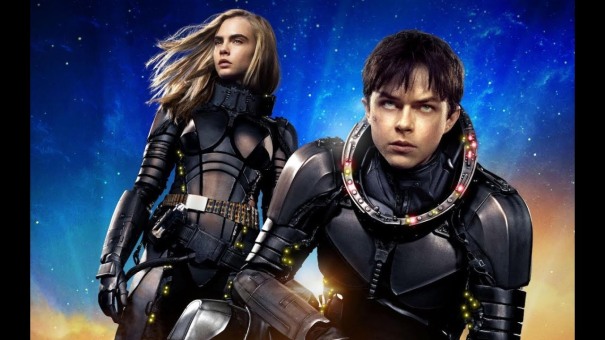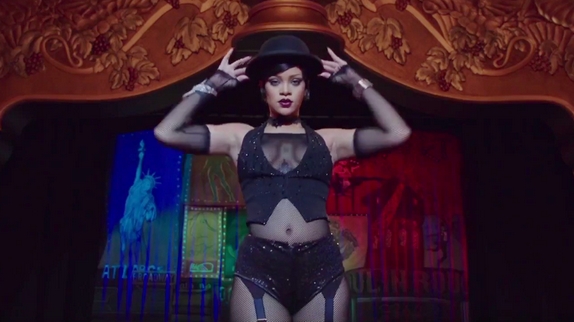The original Blade Runner film is a sci-fi cult classic telling the story of a bounty hunter turned detective tasked with hunting and terminating killer cyborgs (or replicants as the film labels them). Ridley Scott’s dystopian digital-age fable was famed for its futuristic vision and has been academically revered as a cinematic embodiment of postmodern culture. Within it is a critical narrative of human mortality and purpose. A sequel has now been released in worldwide cinemas titled Blade Runner 2049. However, whilst science-fiction is exactly that, the film conjured up images and concepts of a future digital fantasy world that is now part of our everyday lives over 30 years later.
5 Ways Blade Runner predicted Digital Culture
1) Videophones

The scene with Deckard calling Rachael from the bar and speaking to her face to face over a videophone may now seem standard in our current age: Where every iPhone has a camera and everyone communicates via skype or Facetime. However you have to remember, back in 1982 when the film was released, people were still using dial-up telephones. Mobile phones weren’t even a thing yet, way back then. To give you some context this film was released almost a year before the first ever commercial mobile phone was available on the market.

2) Retina scans
Used briefly in the replicants interrogation scenes, scanning someone’s eyes was deemed sci-fi hocus pocus but for some, it’s now the highest form of corporation building security access. Now you can even get software that scans your face to log into your laptop!
( Did anyone notice how the opening scenes panning into the huge pyramid shape Police station climaxed in a huge eye?)
3) Digital photo enhancement

The scene where Deckard scans the crime scene photo and enhances the image to capture the reflection in the background is achievable in this day and age with top-notch hi-def graphics. Heck, people can even scan images and enlarge via Photoshop. Admittedly the tech in the film seems very advanced for free built-in Microsoft or apple software but the techniques are probably standard for high-end crime investigation. Again, remember this film was made over 36 years ago. Interestingly the actual device perched on top of the TV screen Deckard uses looks very similar to numerous TV/Video packages sold in the 1990s.
4) Digital Advertising

The animated sky-high neon-lit billboards in the film were probably jaw-dropping back in 1982. In a time before HD digital quality CGI animations even existed in advertising. This is because back then most billboard adverts were static posters and even in prestigious premium spots like Piccadilly Circus, you wouldn’t ever imagine a flickering, bright flickering animated advert casually appearing over your head as you walk. Nowadays, the very nature of such casual brand placement and marketing is just second nature. Much like the characters in the film, pedestrians rarely blink an eyelid when going about their everyday lives. Even the neon luminous product placement of Coca-Cola and the TDK signs in the background of the ending rooftop chase seems glib compared to the oversaturated branding of today’s modern marketplace.
Compare the image above from Blade Runner to the image below of the London’s Piccadilly Circus in1979. The gap in digital advertising technology is huge.

The sequel Blade Runner 2049 takes the digital advertising even further into the future with larger than life animated holograms. As the original set the bar for many sci-fi films decades later like Fifth Element [2000] and Ghost in the Shell [2017]. Much of the original was so influential that most of the trademark features like camera shots and backdrops have been nicked and reused by numerous imitation films since. I wrote earlier this year that in light of Ghost in the Shell’s excellent holographic level advertising backdrop Blade Runner 2049 to up its game. But did it? ( We think it did).
5) A.I. (artificial intelligence)
The basic premise behind the storyline is about replicated cybernetic humans becoming self-aware of their own existence and questioning their place in society. This has been the backbone of almost every sci-fi killer robot reboot film for the last century and is even a serious concern in modern-day robotics. It was reported that Facebook recently switched off its a.i. software due to signs of it becoming culturally self-aware, generating its own language. Gadgets we use every day like Siri and the Google Home smart speaker, or even the sat navs in your car run from some form of self-generating intelligence. We all know how Skynet went down. Google’s recent a.i. experiments apparently showed aggressive tendencies. much like the runaway Nexus replicants in Blade Runner:
AND . . . Flying Cars
OK. So we don’t have flying cars hovering up and down the road or outside your local co-op just yet but we do have electric cars. The classy upwards sliding electric scissor doors on the Police vehicles are likened to the Lamborghini Countachs and DeLoreans of the era but they are still not in widespread commercial use. The film was set in 2019 though, only two years from now so who knows what the future holds. We might have them by then.

